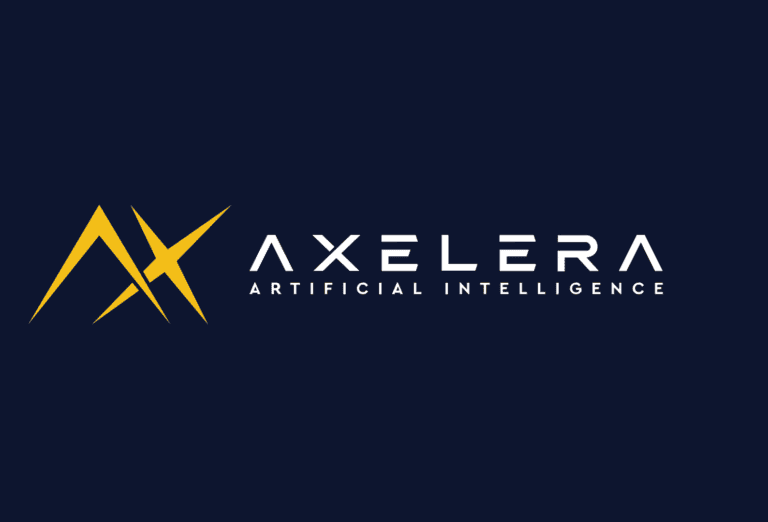Eindhoven-based chipmaker Axelera AI has received a €61.6 million grant. With this extra investment, it will further develop what it calls its “scalable AI chip” for inferencing.
The chip, called Titania and destined to launch in 2028, will be intended for both GenAI workloads and computer vision. A unique advantage of Axelera’s approach is its so-called Digital In-Memory (D-IMC) architecture, in which the Eindhoven-based company promises “linear scalability” from edge to cloud. The hardware consists of chiplets, linkable pieces of silicon that collectively form a processor.
Tip: Dutch Axelera AI strengthens position with 64 million euros for AI data centers
D-IMC
“Our D-IMC technology leverages a future-proof, scalable multi-AI-core architecture, ensuring unparalleled adaptability and efficiency. Enhanced with proprietary RISC-V vector extensions, this versatile mixed-precision platform is engineered to excel across diverse AI workloads,” explained Evangelos Eleftheriou, CTO and co-founder of Axelera AI. “Uniquely, our architecture facilitates scaling from the edge to the cloud, streamlining expansion and optimizing performance in ways that traditional cloud-to-edge approaches cannot. We are setting a new standard for AI infrastructure, making true scalability a tangible reality.”
The chiplet approach has become increasingly conventional, the best-known example being AMD’s range of Ryzen and Epyc CPUs. Chiplet technology ensures that a low-end product and a high-end variant differ primarily in terms of the number of chiplets present: more chiplets yield more cores, more cores yield a more premium processor.
EuroHPC Joint Undertaking
The €61.6 million in additional funding comes from the EuroHPC Joint Undertaking’s DARE project. DARE stands for Digital Autonomy with RISC-V Europe. To complete the abbreviation roll call: HPC stands for High Performance Computing and RISC-V for Reduced Instruction Set 5. In other words, the DARE project aims to build a European foundation for the fastest forms of computing power based on the open-source and license-free instruction set for processors RISC-V.
Earlier, Axelera raised nearly 63 million euros in a Series B round, bringing the total amount for the chipmaker to around 200 million euros.
Also read: Why Nvidia’s rivals think they can outdo it
